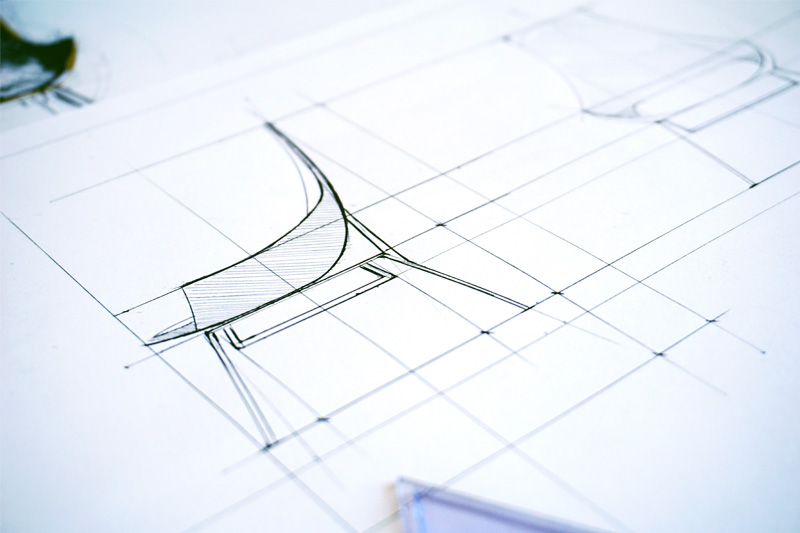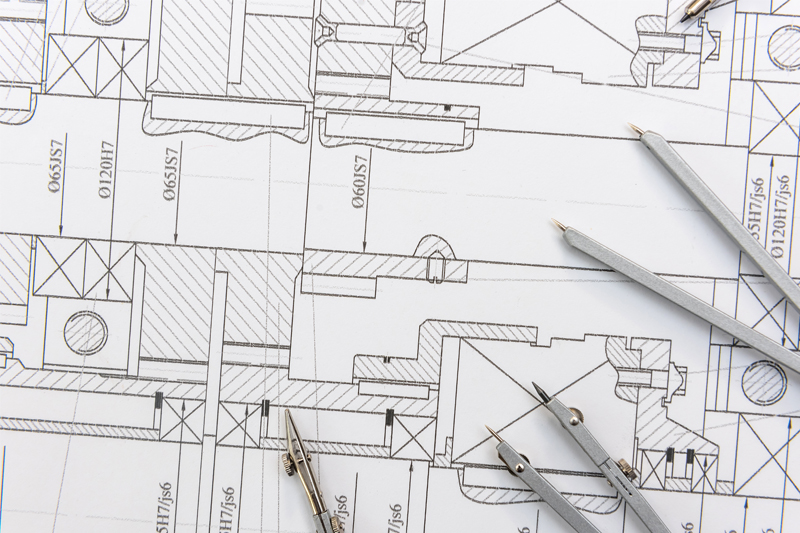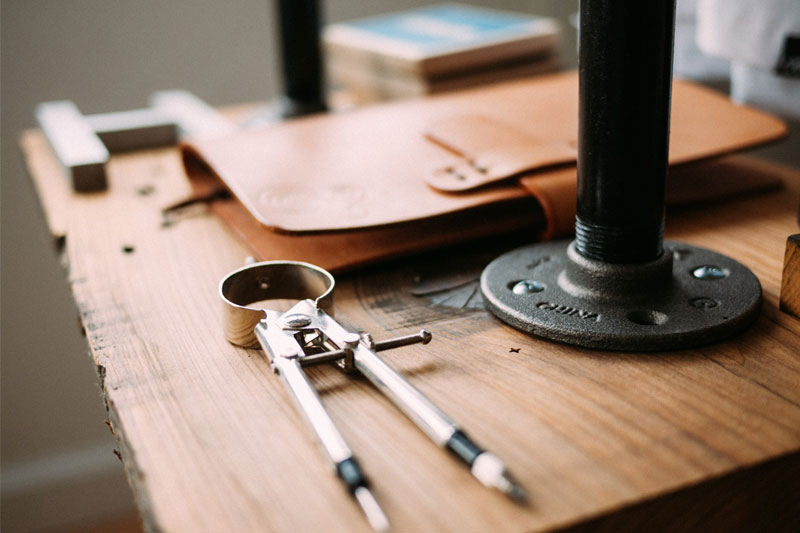Why is Design Drawing Essential for Your Patent Application?
Design Patent Drawings: What Are They?
The
design drawing is an illustration of a fabricated object’s configuration. It is used in innovation patent applications. It must contain precise details about any shape, contours, material texture, effects, and dimensions. Design patent drawing might undoubtedly display every component observable during use. No portion of the entity’s technique should be dependent on the imagination. Graphics should possess shading that shows surface characteristics. The shaded regions can display translucent, solid, and open areas.
Comprise All Possible Views
When constructing design patent drawings, the designer must incorporate all views of the innovation. Deliver top, front, bottom, left, back and right notions. Although an average user overlooks the rear, it’s most beneficial to incorporate it. An instance of this is wall-mounted items. Most clients won’t catch a glimpse of the rear of the article but in the design patent applications, including a view of the rear is a great idea.
If the right and left parts are identical, mark them as mirror images. Marking separately will enable your application critic better comprehend the actual design.
If your object is flat and slim, just front and back illustrations are required. Make certain to explain the reason for incorporating lesser images of the designs.
Add Perspective Views
Two-dimensional
design drawing won’t display the three dimensions of an entity. It’s valuable to deliver perspective pictures of the creation’s plan to show the object’s proportions.
You might even like to retain distinctive views. A sectional view helps bring out distinguishing features. They can also undoubtedly deliver functional components that make the structure unique.
An exploded view is valuable if the design contains individual components. If the article has features separated after regular use, introduce pictures of every element. Ensure to deliver a bracket that links the exploded part to fit the whole design.
Deliver all perspective ideas and the critical top, front, bottom, left, back and right pictures.
Significance of Dots and Lines
A
design drawing must be done in a typical style. The technical design contains dots and lines. Use shade such that light radiates from the top left of the picture. There are two allowable kinds of shading.
- Linear shadings: Linear shadings include parallel lines, a mixture of broken or continuous lines. The lines assist in depicting glossy or translucent textures, like shiny metal, reflective stone or glass.
- Stippled shadings: Stippled shadings include little dots, enabling the representation of shadowing and contour. It is also helpful for rough textures, like rigid foam, concrete or coarse fabric.
Surface shading allows the reviewer to witness whether the plan infringes on a current patent. Shading helps highlight the outlines on two-dimensional drawings and causes the image to look more natural.
Employ break lines to devise stance and restrict the graphic’s width, length, or height. You can even use break lines to pick the dimensions of the drawings. If the designs are for an extensive manufactured thing, you might not draw it to the scope.
User Experience/User Interface
One emerging domain in current technological time is user experience/user interface (UX/UI). Nothing is a material entity, so offering classic
design drawing is demanding. Yet, specific components and design features are unique to one manufacturer or label. That’s why it’s crucial to have the opportunity to patent the designs.
UX/UI designs are increasing as more and more developers and designers wish to protect their distinctive methods. A UX/UI design patent guards graphical user interface, icon and other identifying features. However, an animated icon is less familiar under design patents.
Why Is Design Drawing Important?
The
design drawing is essential in the application process. In particular, the applications include few words and a lot of images. The illustrations give birth to your design and provide the analyst with a feeling of what you ask to patent. You won’t get a design patent approval without any clear and concise statement.
You must include all required views to satisfy the United States Patent and Trademark Office (USPTO). These contain the front and rear illustrations, top, bottom, and right and left parts.
The left and right parts may be mirror visions of one another. On this point, it’s OK to deliver one idea. The image must demonstrate that the opposing side is a mirror picture. If you skip any view, incorporate distinct reasons why it is not a part of your drawing.
It’s also essential to incorporate all aspects of your designs. Once you get a design patent acceptance, you can’t alter the prevailing structure. You simply have to file for new patents.
Design patent applications contain relatively small writing corresponding to utility patent applications. The
design drawing depicts the fundamental design, which is critical in the process. Include a brief explanation of the piece for which the system is used, but the only additional text will document your illustrations’ figure digits and photographs. As the
design drawing is the sole cause for acceptance or refusal of your applications, it’s essential to follow the conditions precisely when offering yours.
Typical Mistakes
- Forgetting to include the correct views. USPTO needs six distinct views. If you don’t include these six views, you must clearly state ‘why’ in the description. Additional pictures, including segmented, 3-D, exploded, or sectional, are valuable and necessary.
- Including photographs instead of drawings. Inspect those to notice whether your innovation involves. It may seem more reasonable to snap the prototype, as USPTO has strict provisions and just allows illustrations in a few samples.
- Not including shading. The two significant sorts of shading assist your creation come alive. Without it, the design is just a two-dimensional picture that isn’t very clear to your judge. Ensure to utilise the two good shading techniques to illustrate your designs.






